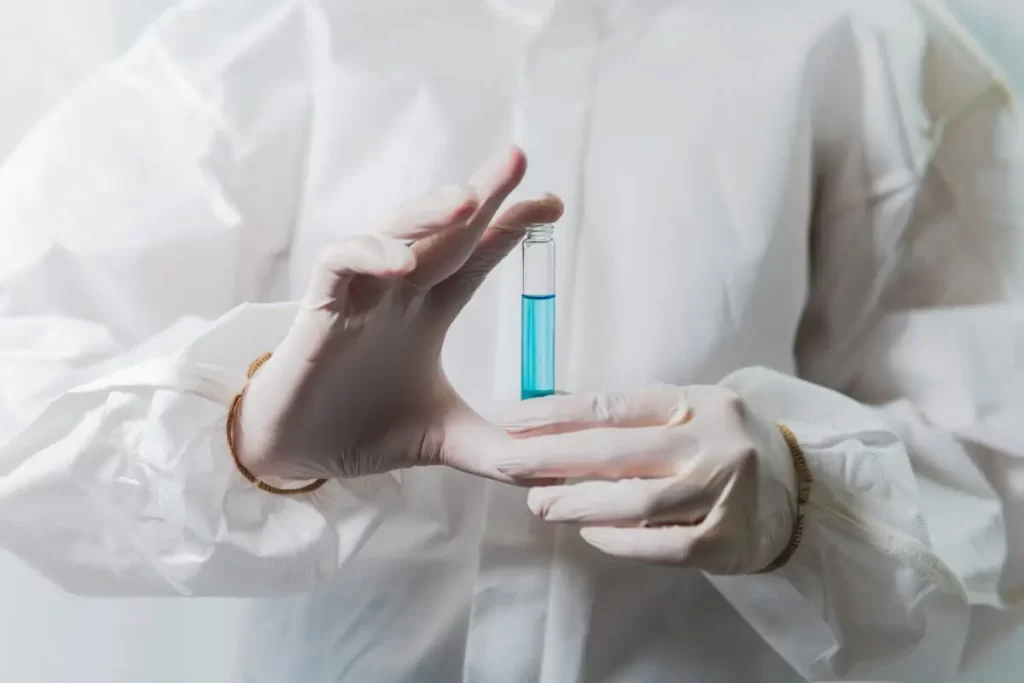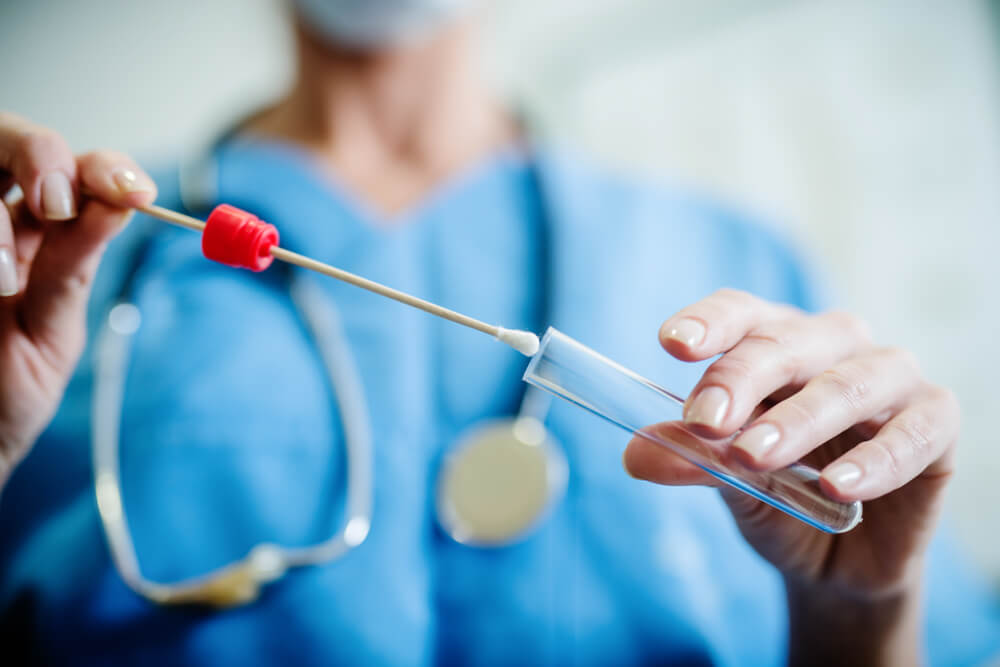As Malaysia’s first genetic testing company to use Whole Genome Sequencing (WGS), SuperDNA is leading the way in precision health and personalized wellness. Whether you’re exploring your genetic risks, optimizing your nutrition, understanding your child’s talents, or preventing chronic disease, choosing the right sample collection method is a crucial step toward accurate and meaningful results.
At SuperDNA, we offer genetic testing in Malaysia through three convenient methods: blood, saliva, and buccal swabs. Each sample type has unique strengths depending on the purpose of the test—be it our Complete DNA Test, SuperKids Talent & Personality Test, or any other test.
🧬 Blood Sample: The Gold Standard for High-Accuracy DNA
Blood is often considered the most reliable sample for genetic testing due to its high DNA quality. White blood cells contain abundant genetic material, making blood ideal for in-depth sequencing such as WGS (Whole Genome Sequencing).
At SuperDNA, blood-based testing is typically recommended for:
-
Multi-Cancer Early Detection (MCED)
-
Epigenetic Testing
-
Comprehensive disease risk assessments
However, blood collection requires a trained professional, can be invasive, and may not be ideal for young children or individuals seeking a home-based option.
🧪 Saliva Sample: Convenient and Home-Friendly
Saliva testing has become popular for its non-invasive, self-collection convenience. All of SuperDNA’s saliva kits come with stabilization fluid to preserve DNA during shipping, making them suitable for at-home collection across Malaysia.
To ensure accuracy, users should avoid eating, drinking, or brushing their teeth at least 30 minutes before collection.
👶 Buccal Swab: Safe and Simple for Children
For infants and toddlers, buccal swabs (cheek swabs) offer a safe, painless alternative. At SuperDNA, buccal swabs are especially used for:
-
SuperKids Talent & Personality DNA Test
(recommended for children under 4 years old)
Buccal swabs are also suitable for basic ancestry and certain trait-based tests. While they yield slightly less DNA than blood, modern technology allows for accurate analysis even with small sample quantities.
💡 Which Method is Best for You?
The ideal sample type depends on the test type, your comfort, and your location in Malaysia. Here’s a quick comparison:
| Sample Type | Best For | Collection Method | Notes |
|---|---|---|---|
| Blood | Clinical-grade health profiling & MCED | In-person (clinic/partner) | Highest DNA yield, professional collection required |
| Saliva | Most adult DNA tests (nutrition, personality, etc.) | At home (saliva kit) | Convenient, self-administered |
| Buccal Swab | Children under 12 and individuals who have difficulty in providing saliva | At home (swab kit) | Gentle, suitable for young children |
🧬 Why Choose SuperDNA?
SuperDNA is Malaysia’s first DNA testing company to use Whole Genome Sequencing (WGS), providing deeper, more accurate insights than typical genotyping-based tests. Our advanced platforms allow us to extract actionable health data from any sample type, making personalized health more accessible and affordable.
Whether you’re taking the first step toward preventive health, customizing your diet based on genetics, or unlocking your child’s potential through talent DNA testing, our collection methods are designed to fit your lifestyle.
🚀 Start Your DNA Journey Today
No matter where you are in Malaysia, SuperDNA makes genetic testing simple, secure, and personalized. Choose the test that suits your goals, select your preferred sample collection method, and let us deliver insights tailored to your DNA.
Visit our product pages to learn more:


